
5 min read
What Drives Paramedic Job Satisfaction? [2024 EMS Trend Survey]
Editor's Note: In August 2024, EMS1 and Fitch & Associates released their annual EMS trend survey, What Paramedics Want, proudly sponsored by...
Read PostThe latest articles, case studies, research, and more are on their way to your inbox. Happy reading!

5 min read
Editor's Note: In August 2024, EMS1 and Fitch & Associates released their annual EMS trend survey, What Paramedics Want, proudly sponsored by...
Read Post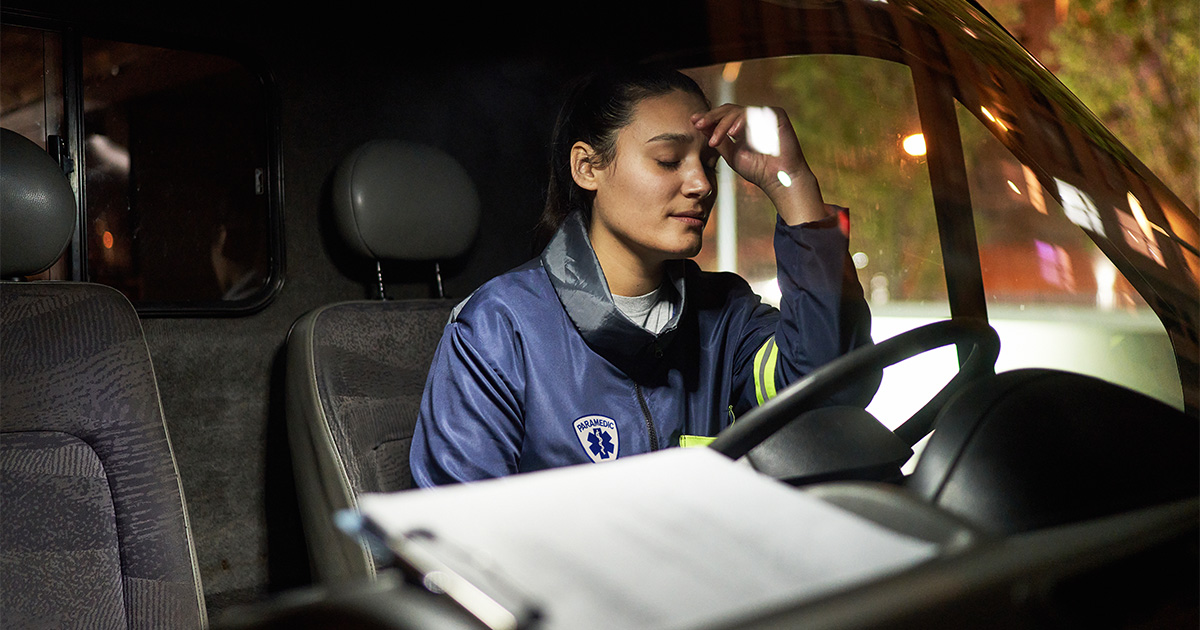
6 min read
Editor's Note: In August 2024, EMS1 and Fitch & Associates released their annual EMS trend survey, What Paramedics Want, proudly sponsored by Pulsara. Because the articles and advice found within...
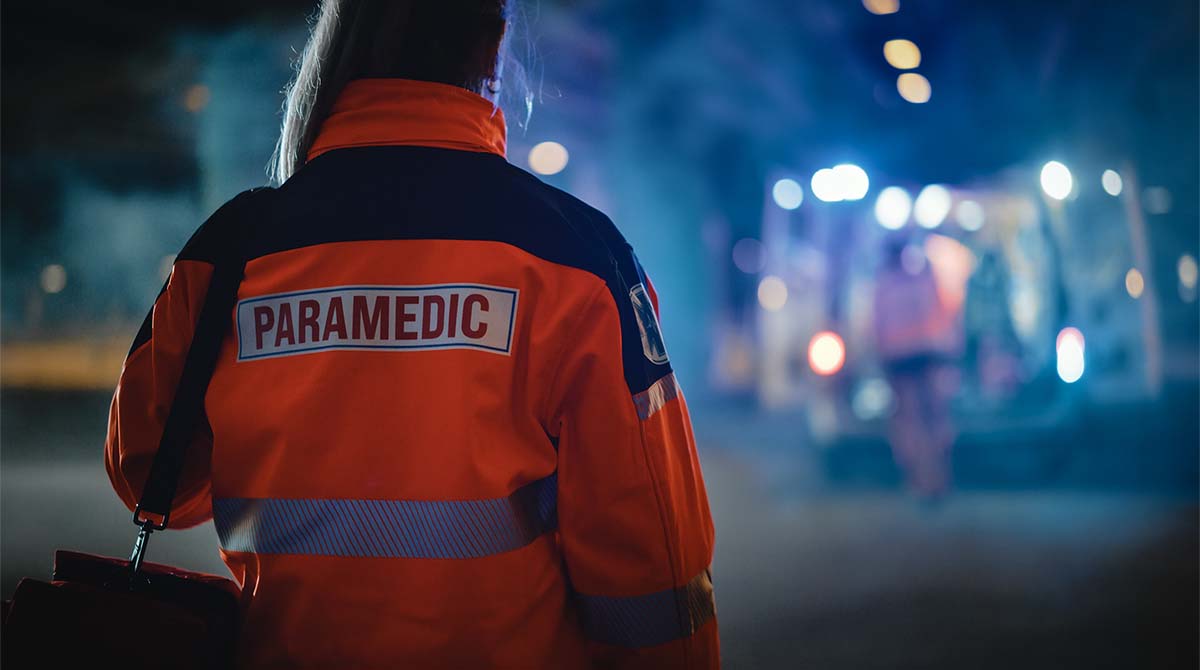
3 min read
Editor's Note: In August 2024, EMS1 and Fitch & Associates released their annual EMS trend survey, What Paramedics Want, proudly sponsored by Pulsara. Because the articles and advice found within...

4 min read
Editor's Note: In August 2024, EMS1 and Fitch & Associates released their annual EMS trend survey, What Paramedics Want, proudly sponsored by Pulsara. Because the articles and advice found within...
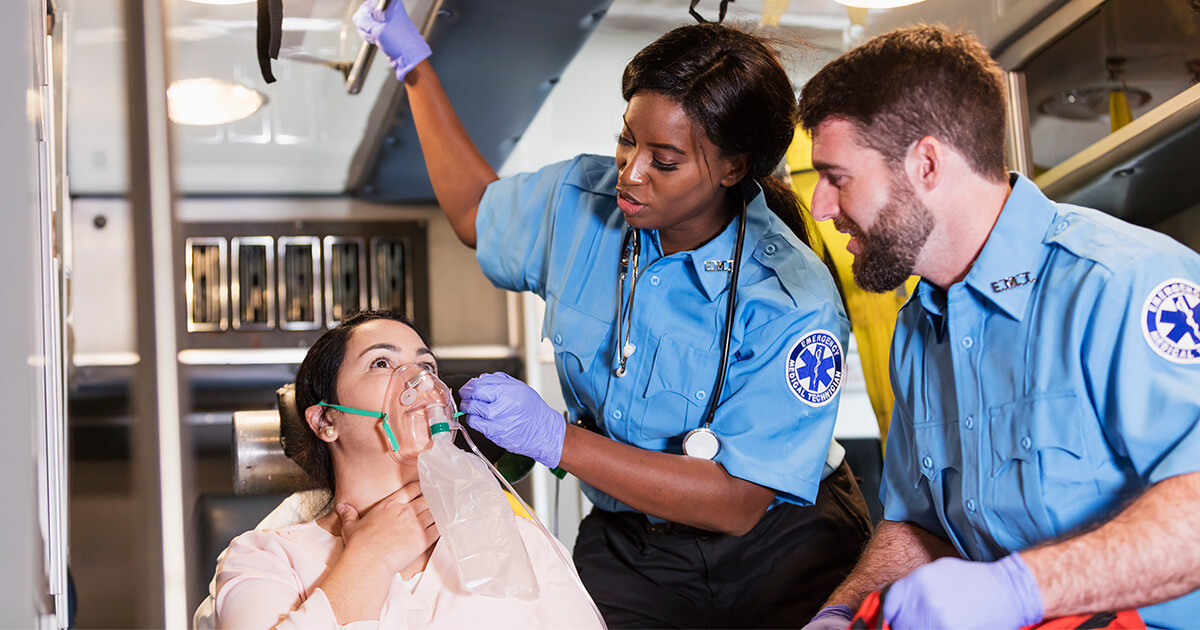
4 min read
Editor's Note: In August 2024, EMS1 and Fitch & Associates released their annual EMS trend survey, What Paramedics Want, proudly sponsored by Pulsara. Because the articles and advice found within...
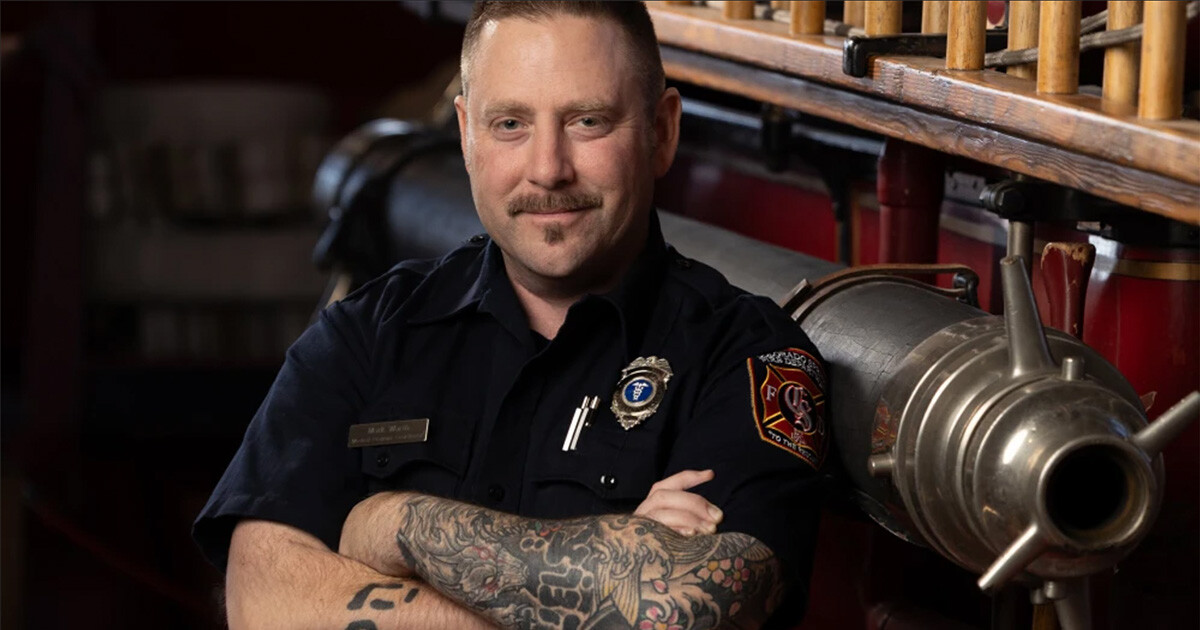
6 min read
EDITOR'S NOTE: This article originally appeared on FireRescue1.com. Special thanks to our guest author, Courtney Levin, for EMS1 BrandFocus Staff. Photo courtesy of Colorado Springs Fire Department:...
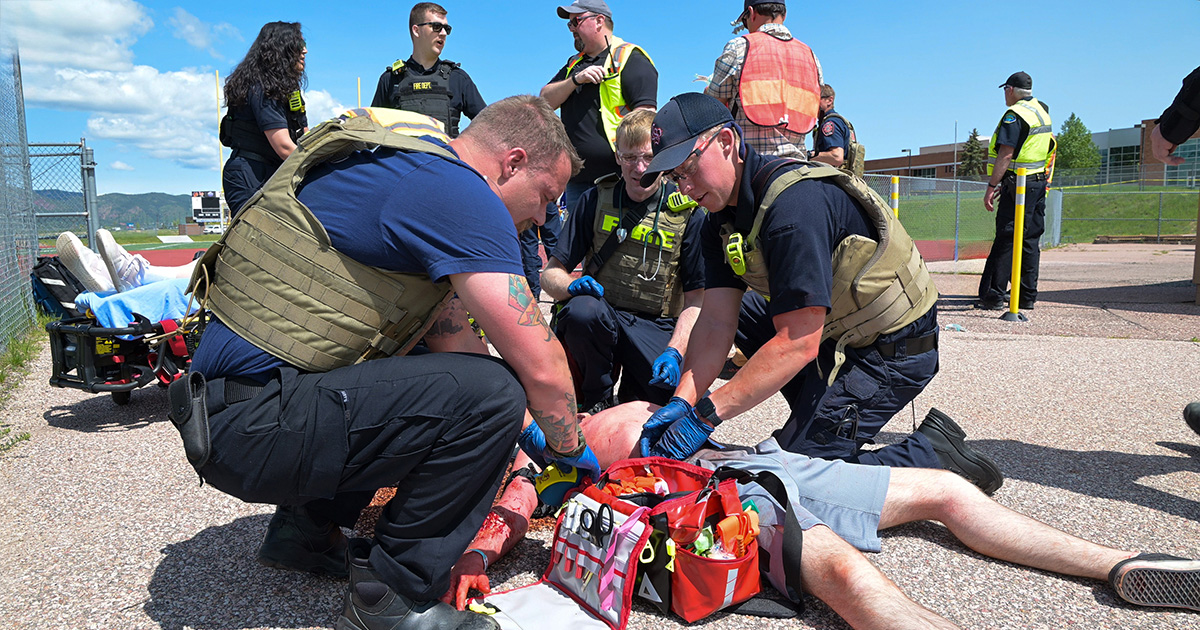
6 min read
Mass casualty incidents are among the most complex challenges faced by healthcare and emergency response systems. The stakes are high, and the processes can be overwhelming—from coordinating care...